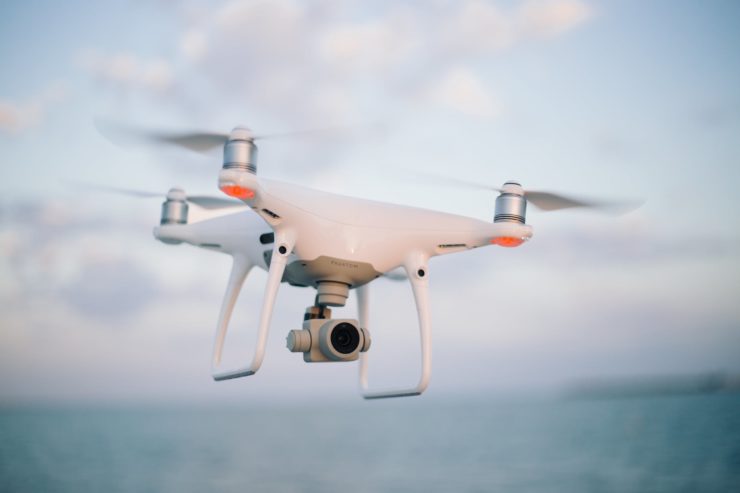
As governments around the world struggle with issues raised by the increase of drones, agencies have to regularly update the laws to keep up with this new technology. One such recent change by the Federal Aviation Administration (FAA) regards how registration numbers must be displayed on drones. The FAA has amended that a drone’s registration numbers need to be visible on the outside of the craft.
Having had its first attempt denied by a court in 2017, the FAA’s registration rules were reinforced a year later when the National Defense Authorization Act 2018 became law. With this law in place, FAA now requires all drone owners and operators in the U.S. to register their drones with the agency.
Initially, drone operators could put their drone’s registration numbers inside the battery compartment as long as the compartment could be easily opened without using tools. This was to grant flexibility to small unmanned aircrafts, but the FAA has revised this rule for specific reasons. According to FAA, this rule revision is due to the government’s concerns that unscrupulous drone operators could hide explosive devices and other dangerous devices within the drones.
By placing registration numbers on an external surface of the drone, the agency believes it will help mitigate injury risks. In other words, there will be minimum possibilities of a first responder getting injured because they can view the registration number without necessarily handling or touching the aircraft. Again, putting the registration on an external surface would allow law enforcement and security officers to not only identify drone owners easily and faster, but to use other technologies to remotely view and identify the drones.
The new rule doesn’t however specify where on the external body the registration number has to be placed. It only stipulates that the number must be visible “upon any visual inspection of the drone’s exterior.” While the agency doesn’t set the specific forms of punishment that breaking this rule would attract, it’s speculated that the agency would seize the drone if this rule is broken.
Nonetheless, this rule isn’t particularly difficult to observe, and so there’s no need to be on the wrong side of the law. If anything, the rule is meant to protect law enforcement and security officers who protect us and our airspace. Consequently, it should be the responsibility of all citizens (drone owners included) to help protect these brave individuals who put their own lives in line on a regular basis to protect us and our country. The new regulation is set to go into effect on February 25, 2019, but FAA has offered a window for the public to offer comments on the rule until March 25, 2019.
|